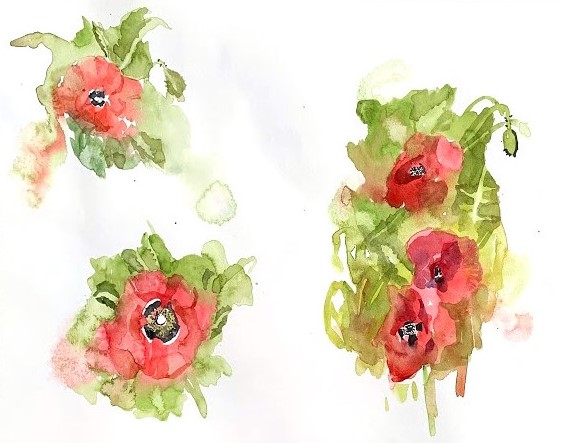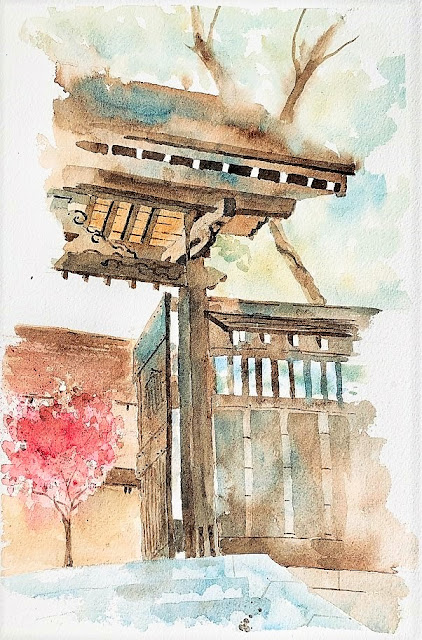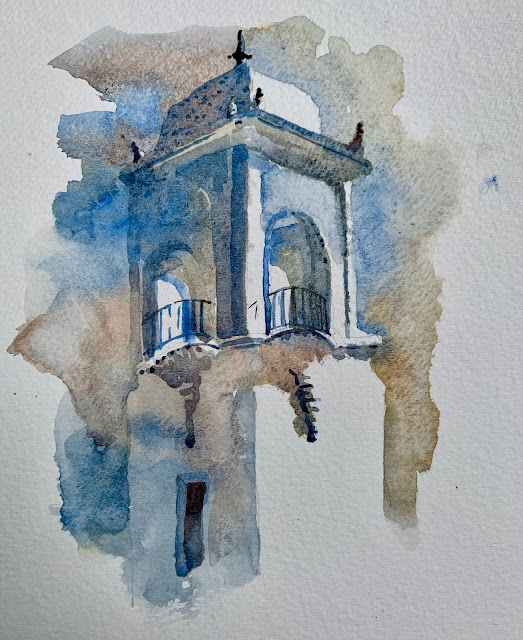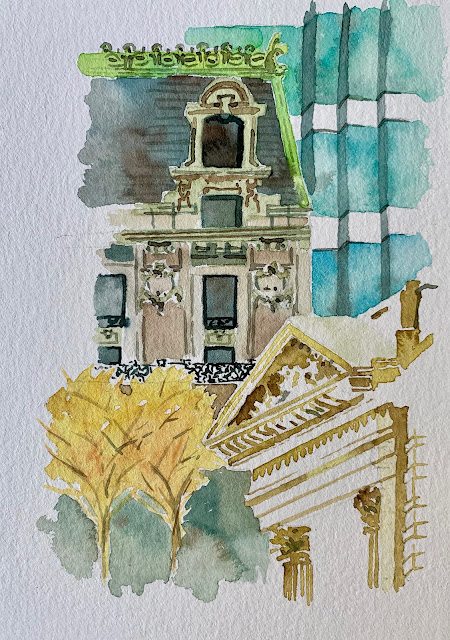The Act of Sitting

Over time, many people have told me that they don't know how to meditate. When some people see my paintings, they say that they wish they could paint. I had this realization today: There is no end goal. The process is everything. The act of sitting in meditation IS meditation. There is no place to get to, to arrive. It is about DOING. Similarly, the act of painting IS painting. I wished I could paint too. Then I did. Who's to say this is a painting, and that isn't? My act of making a painting IS painting, and I end up with a painting. What a huge realization and accomplishment on the same day! Today I meditated AND painted. Yes, my mind wandered a lot, but I sat for an hour IN meditation. And maybe I'm not too pleased with my painting, but a painting it is, and painted I did.












